We’re excited to be named a 2023 New England Food Vision Prize winner by the Henry P. Kendall … Read More →
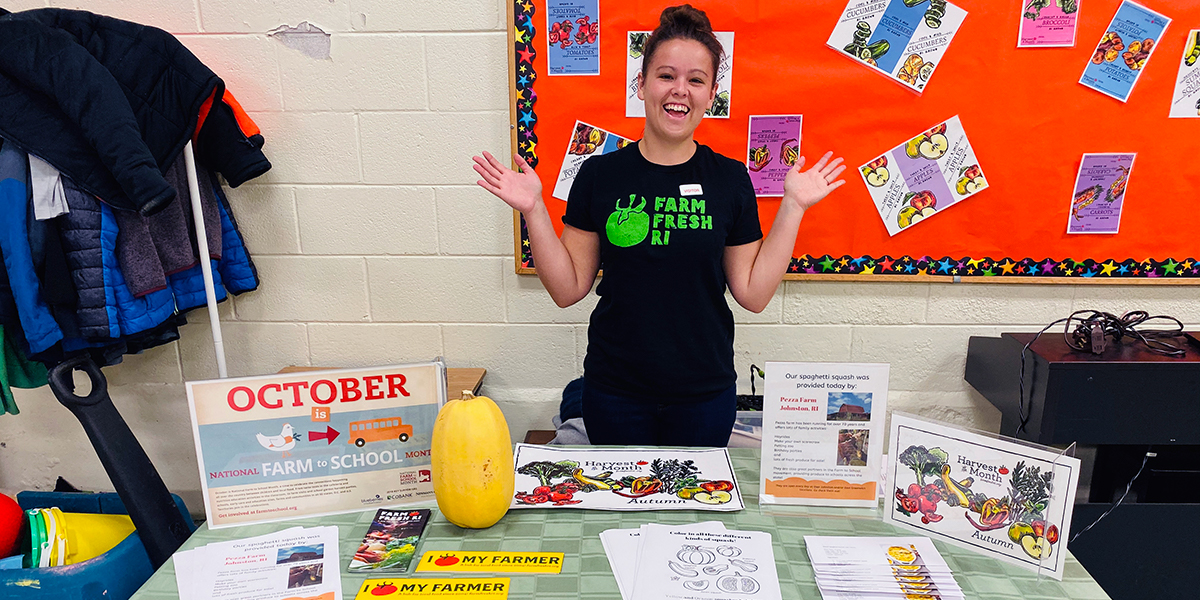
RESOURCES
Our team of educators have carefully developed these resources to guide you in your journey with food systems education. Whether you are just getting started, a full-fledged champion, or somewhere in-between, these tools are here for you.
Reading books that explore themes of local fruits and vegetables, gardening, agriculture, and nutrition is a great way to get your audience thinking about the local food system. These books also serve as great introductions to longer lessons and activities. All of the books we have featured (including a selection in Spanish) are available from the State of RI's Office of Library and Information Services.
For Pre-K and Kindergarten
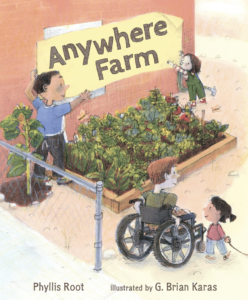 |
Anywhere Farm by Phyllis Root, Illustrations by G. Brian KarasWe love this inclusive read! Great for preschool and younger elementary grades, it showcases how simple gardening can be. It illustrates that gardens can happen anywhere: in an old shoe, a windowsill five stories up, or a box - anywhere where you have soil, sunshine, some water, and a seed. |
For Elementary-Aged Students
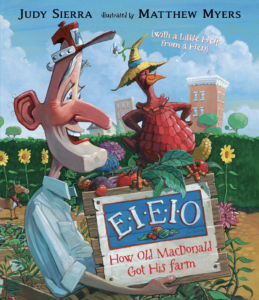 |
EIEIO: How Old MacDonald Got His Farm with a Little Help from a Hen by Judy Sierra, Illustrations by Matthew MyersWe have read this book so often, some staff have it memorized from cover to cover! This books tells the story of how Old MacDonald, with some galline help, transformed this yard into a diverse and abundant farm. It explores gardening and compost, making it a great connection to other classroom explorations. |
For Middle School and Up
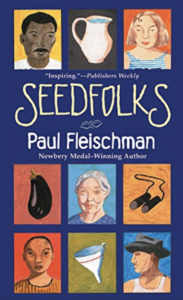 |
SeedFolks by Paul FleischmanThis book tells the story of a neighborhood in Cleveland, Ohio, coming together as an overgrown and neglected lot transforms into a vibrant community garden. Each chapter profiles one resident and their relationship with the garden and their neighbors in a diverse community that has seen waves of immigration. A short read for middle school, it was featured in NPR's Backseat Book Club a few years ago. |
Other Great Reads
- Growing Vegetable Soup by Lois Ehlert
- A Fruit is a Suitcase for Seeds by Jean Richards, Illustrations by Anca Hariton
- Up, Down and Around by Katherine Ayres, Illustrations by Nadine Bernard Wescott
- Feast for 10 by Cathryn Falwell
- Rah, Rah Radishes by April Pulley Sayre
- We're Going to the Farmer's Market by Stefan Page
- The Ugly Vegetables by Grace Lin
- Eating the Alphabet: Fruits and Vegetables from A to Z by Lois Ehlert
- Blueberry Mouse by Alice Low, Illustrations by David Michael Friend
- I Will Never Not Ever Eat a Tomato by Lauren Child
- Cooking Meals on a Budget by Grillio
Thank you to our young fan Mikayla for sharing this blog post with the community.
Mystery BoxTry a mystery box in your classroom — an easy way to increase curiosity about fruits and vegetables while integrating new vocabulary words! It allows for tactile exploration without the preconceptions of what something might taste like given its appearance. It also serves as a great segue into taste tests. To make one, find a box that will fit a variety of fruits and vegetables inside of it and is easy to open and close repeatedly. Feel free to go a little larger with box size (we put a pillow inside of ours if the item is small). Cut a hole in the top of the box, big enough for small hands but not too large as to allow for sneak peaks! Next, take a tube sock and cut off the toe part. Attach the top of the sock around the hole using glue or staples. It should create a tunnel for kids to reach into and feel inside the box. Alternatively, glue a square of fabric (larger than the opening) on opposite corners. When ready to use, put a local fruit or vegetable inside for students to feel and guess. You can put anything in the mystery box; however, we shy away from things easily squishable like blueberries and strawberries, which can get messy. Go around with the box, having students reach their hands in. If anyone has an idea about what it might be, ask that they keep it to themselves, since there will be time to share after everyone gets a chance to reach inside. After everyone has had a turn, invite students to describe how it felt. Was it hard, soft, bumpy? What shape did it have? Did it feel like it might be heavy? Was it big, small, tough, delicate? At this point, students can share what fruits or veggies they think might be inside. Reveal the produce inside and talk about it for a few minutes. Have students had it before? Has it been in school meals? |
Food System Connection Game (Middle School/Senior)
Exploring Connections in the Food System Have students sit or stand in a large circle and pass out cards. At this point, take a moment to ask if everyone is familiar with the cards in the circle. Alternatively, explain and have a brief discussion of cards that you think might be an issue. Make sure all students are holding their cards facing the circle, so that everyone can see their roles. You could also, going around the circle, have everyone say their role and read the description on the back of the card. Once everyone has their card and understands their role, use the yarn to draw connections between them until everyone is included in our food system. There are multiple ways to connect cards, so students can be creative in finding links. Have one student start with the ball of yarn and explain their connection to someone else's role in the circle. Once the connection is established, have them hold onto the string and toss the ball to the other student. Make sure that each student holds onto the string before passing on the yarn, so that all links are visible. Let the ball keep going and connections keep forming until everyone has been matched at least once. Some cards may be tricker to connect than others, requiring some indirect thinking and creativity.
With everyone connected, you can proceed to a bigger picture discussion about the interconnectedness of the food system or delve more deeply into certain connections. To expand on the activity, have students continue to hold onto their pieces of yarn and introduce a threat or opportunity that might affect the food system. Introduce a drought, for example, and have students whose role would be affected by such event pull on the yarn and raise their hands. Then, have students who didn't pull on the yarn but can feel the new tension in the web raise their hands and explore the indirect effects a drought has on other players. |
Coloring Pages
Fruit and Veggies (Bilingual)
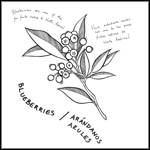 Blueberry Blueberry
|
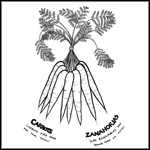 Carrot Carrot
|
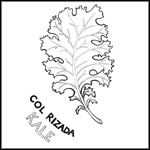 Kale Kale
|
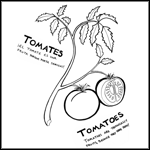 Tomato Tomato
|
Parts of the Plant Series (literacy focused)
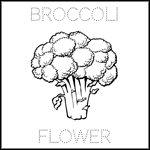 Broccoli/Flower Broccoli/Flower
|
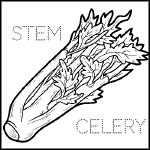 Celery/Stem Celery/Stem
|
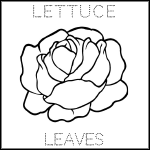 Lettuce/Leaves Lettuce/Leaves
|
 Seedling/Plant Seedling/Plant
|
Activity Pages
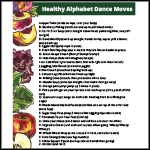 Alphabet AlphabetDance Moves |
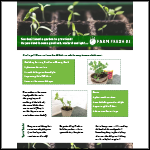 Planting Plantingin Pots |
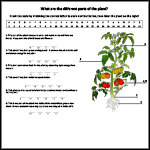 Plant Parts Plant PartsCyptogram |
 Spring SpringWord Scramble |
Community Partners
The work that we do would be impossible without our community partners. We are proud to work in collaboration with many partners across the state, and to share their resources with the public.
Rhode Island Healthy Schools Coalition
Reach out for information and support with school wellness policies, healthy activities for your school, and the Local Food Ambassadors program.
University of Rhode Island SNAP (Supplemental Nutrition Assistance Program) Education
Reach out for nutrition education for all ages in communities that receive SNAP or WIC, recipes on a budget, and free nutrition resources.
University of Rhode Island Master Gardeners Program
Reach out for help starting a school garden.
Rhode Island Department of Education (RIDE) Child Nutrition Programs
Reach out for regulations and resources related to using local food in Child Nutrition Programs.
Southside Community Land Trust

10 Sims Ave, unit 103
Providence, RI 02909
401-312-4250
farmtoschool@farmfreshri.org
VOLUNTEER
Help facilitate child and family workshops at our outdoor farmers markets! Summer and fall opportunities available, beginning in July. Spanish language skills preferred, but not required. LEARN MORE →
RECENT NEWS
Own a Piece of RI State House History
Update Monday, June 12: Thank you for the outpouring of interest in this historic marble, and for … Read More →
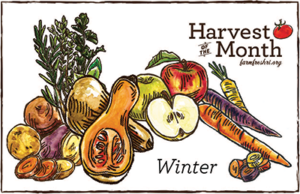 Winter
Winter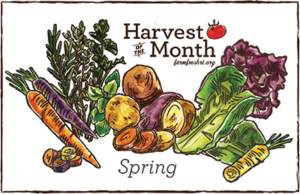 Spring
Spring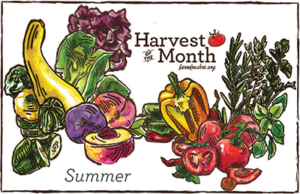 Summer
Summer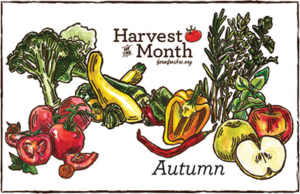 Autumn
Autumn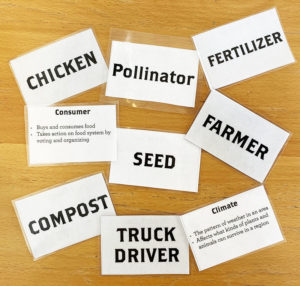
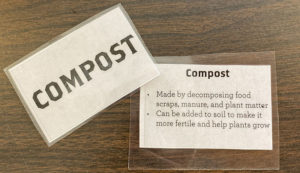
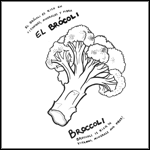 Broccoli
Broccoli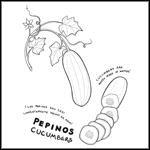 Cucumber
Cucumber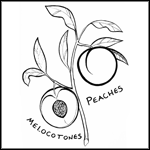 Peach
Peach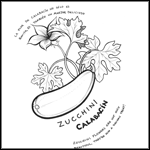 Zucchini
Zucchini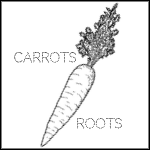 Carrot/Roots
Carrot/Roots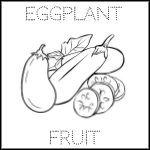 Eggplant/Fruit
Eggplant/Fruit Peas/Seed
Peas/Seed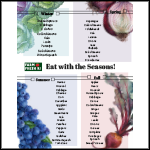 Eat with
Eat with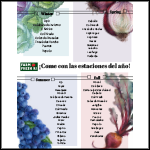 Eat with
Eat with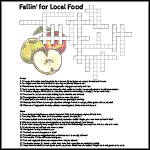 Fall
Fall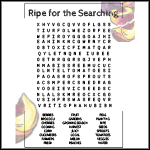 Summer
Summer